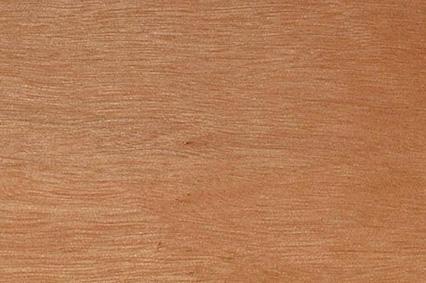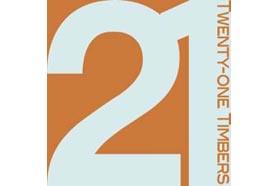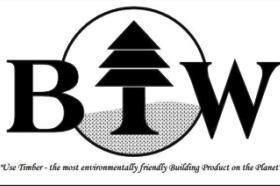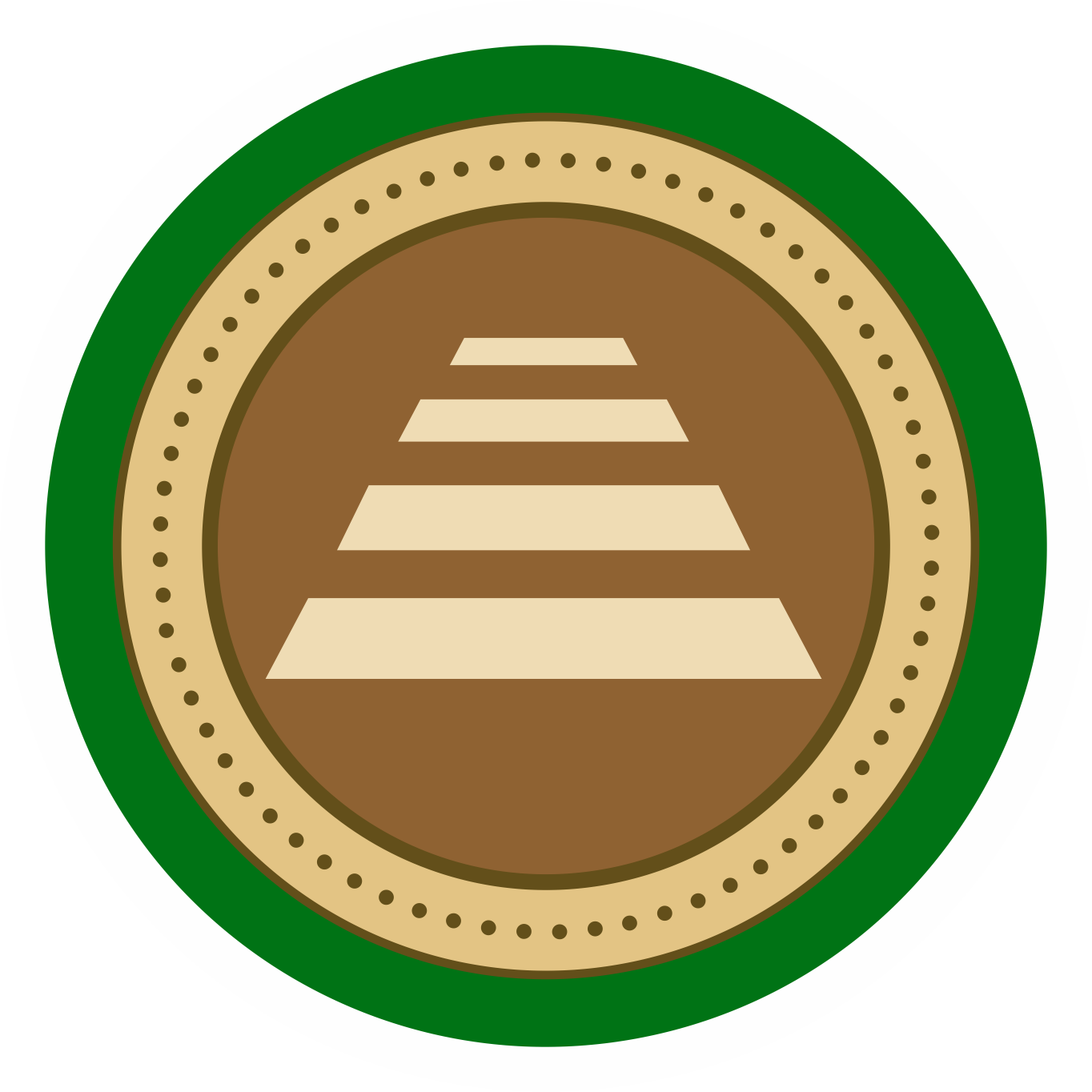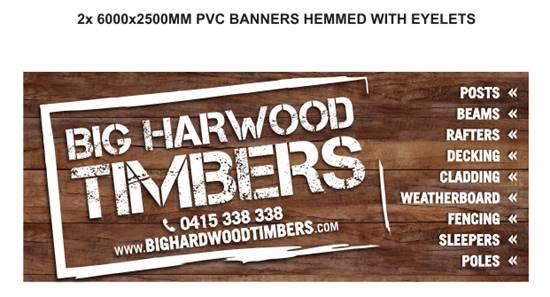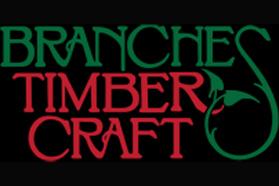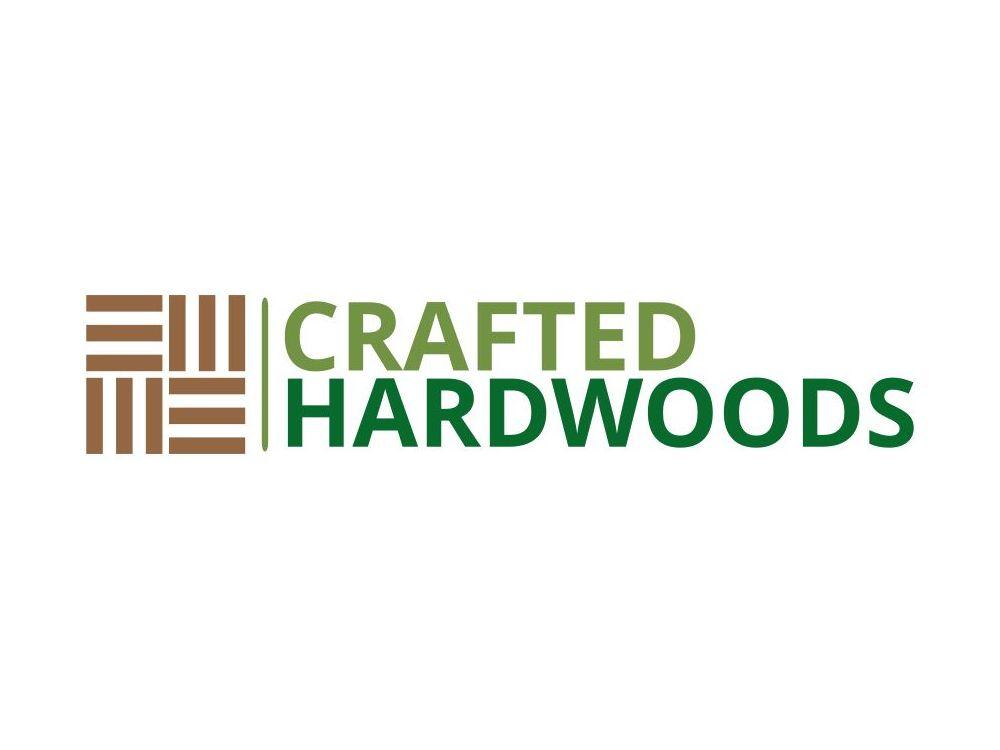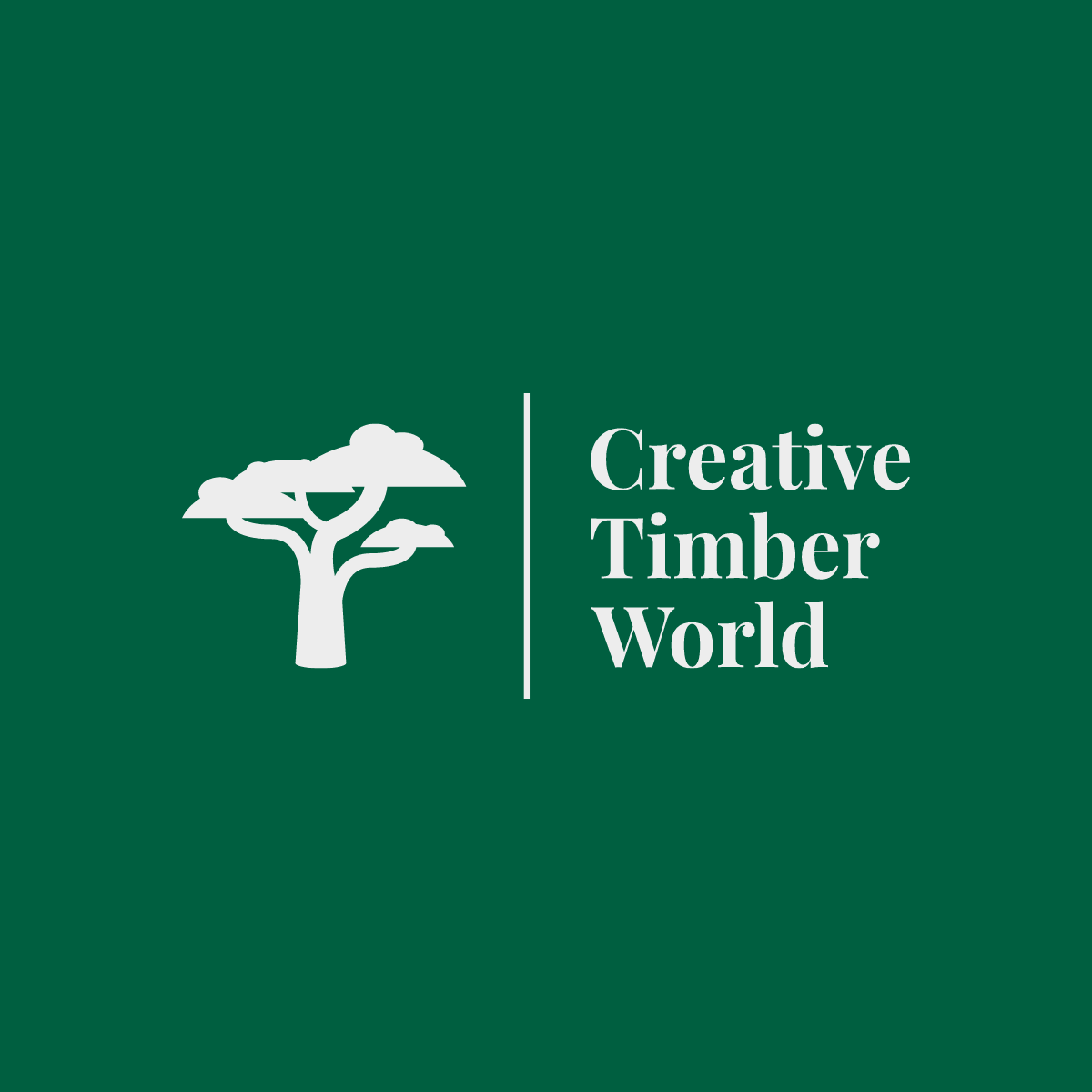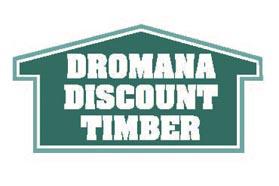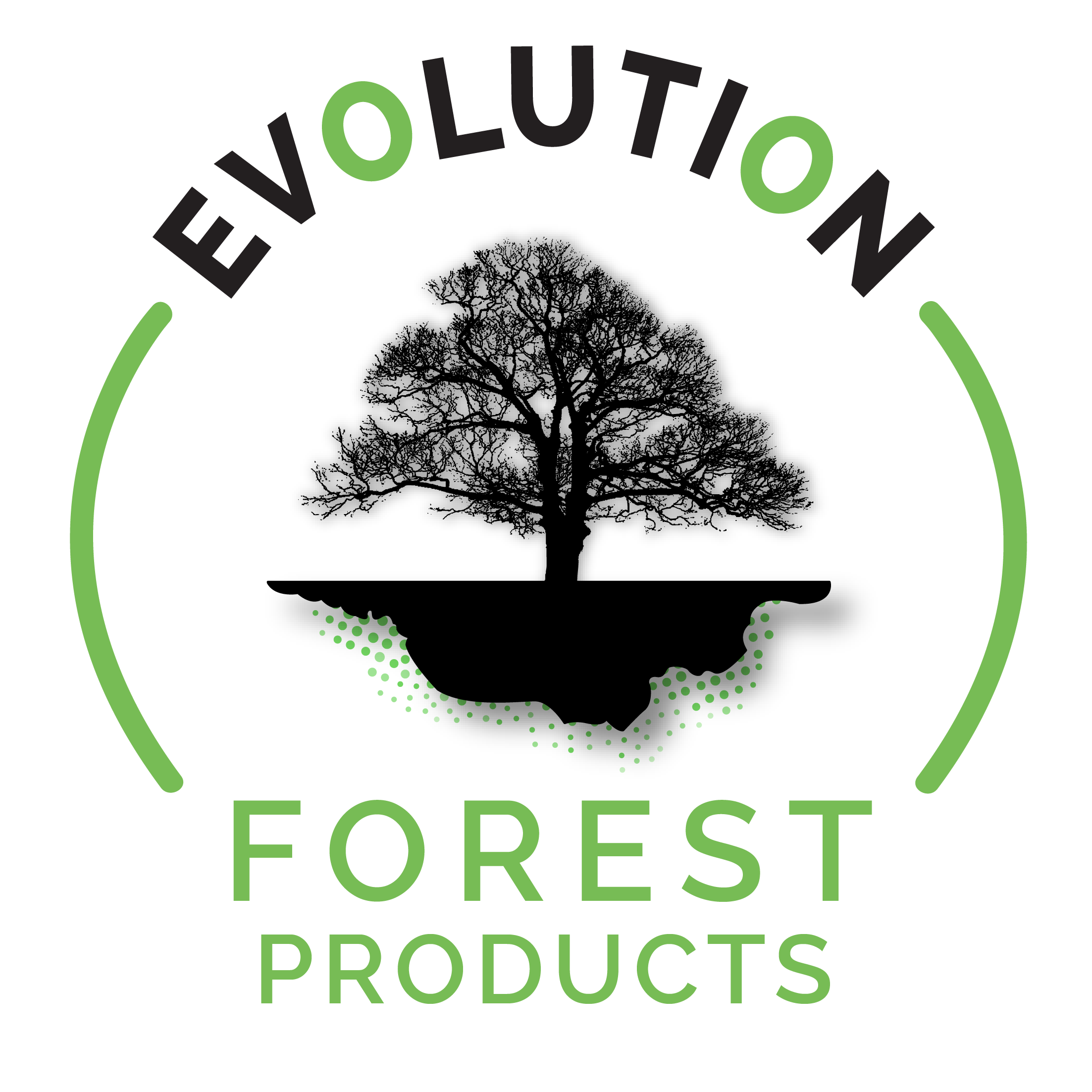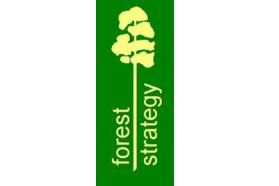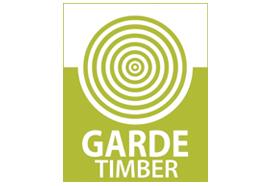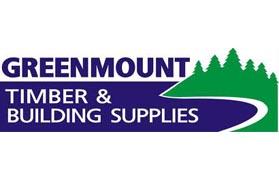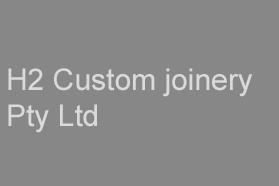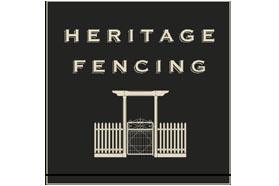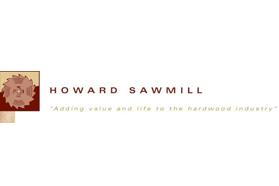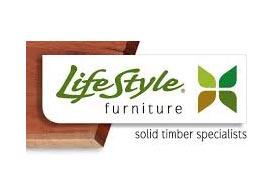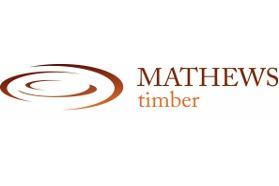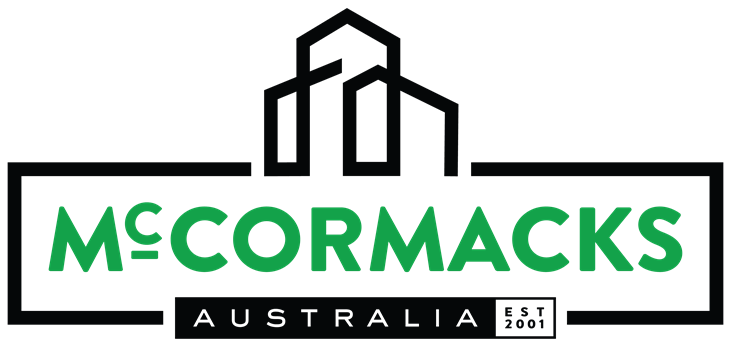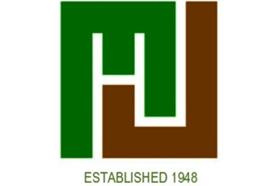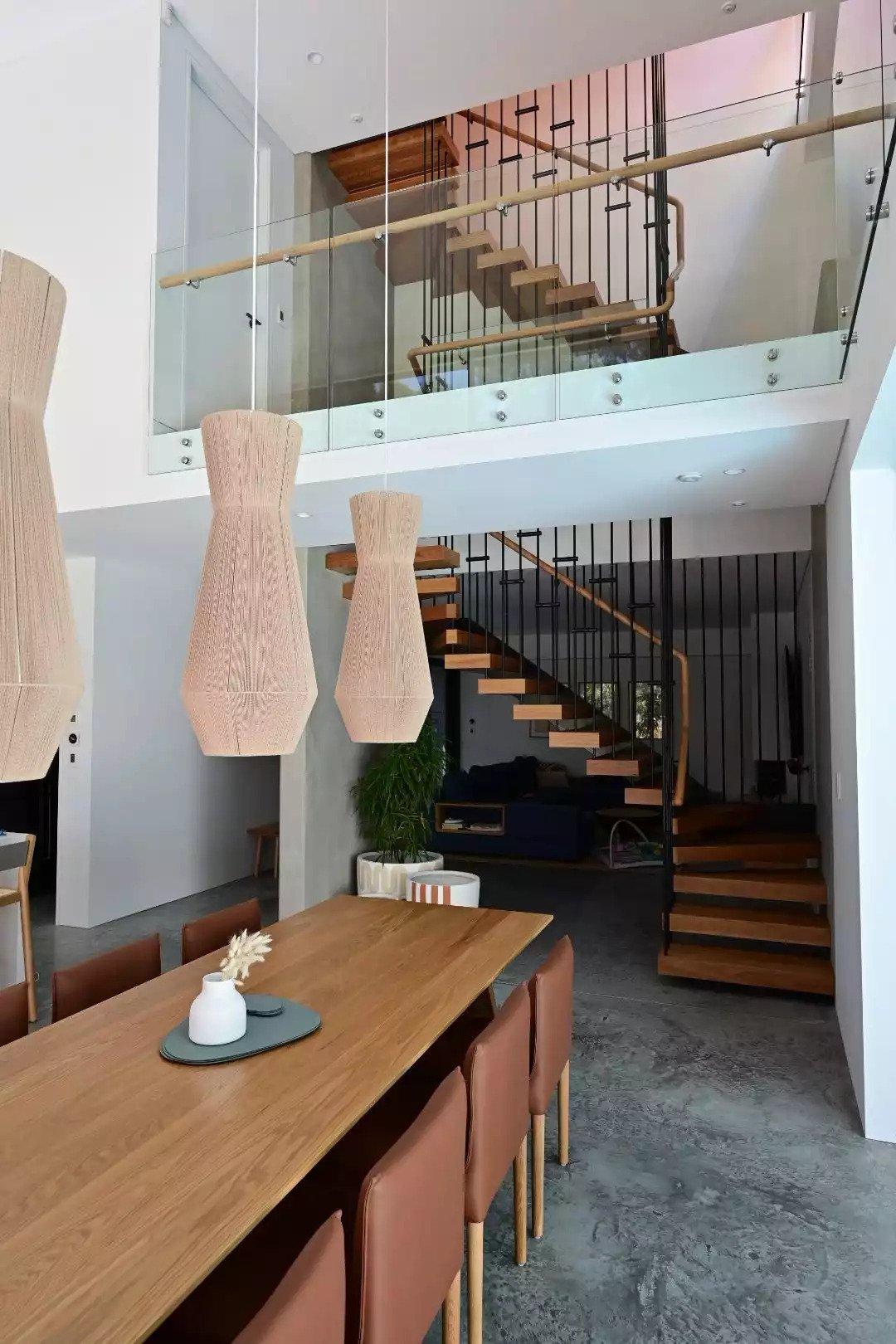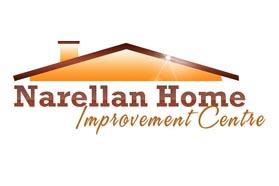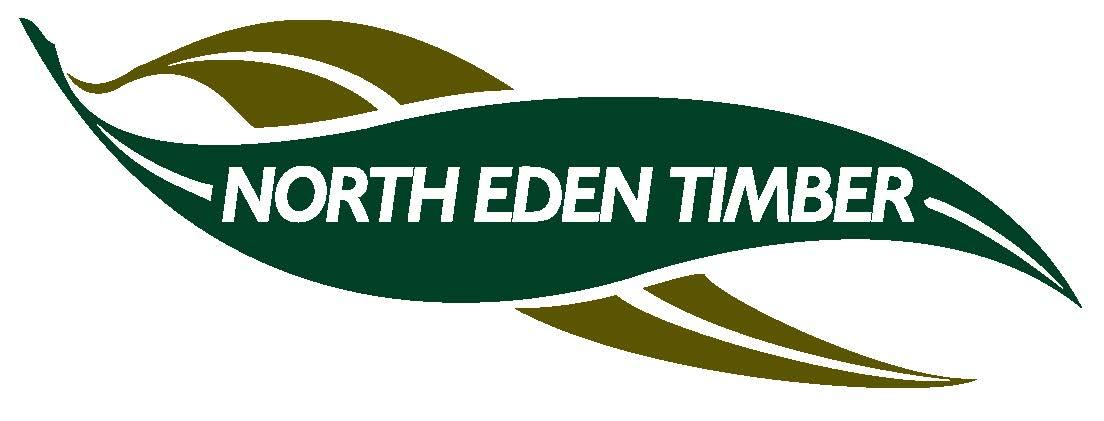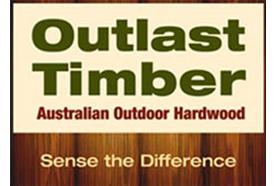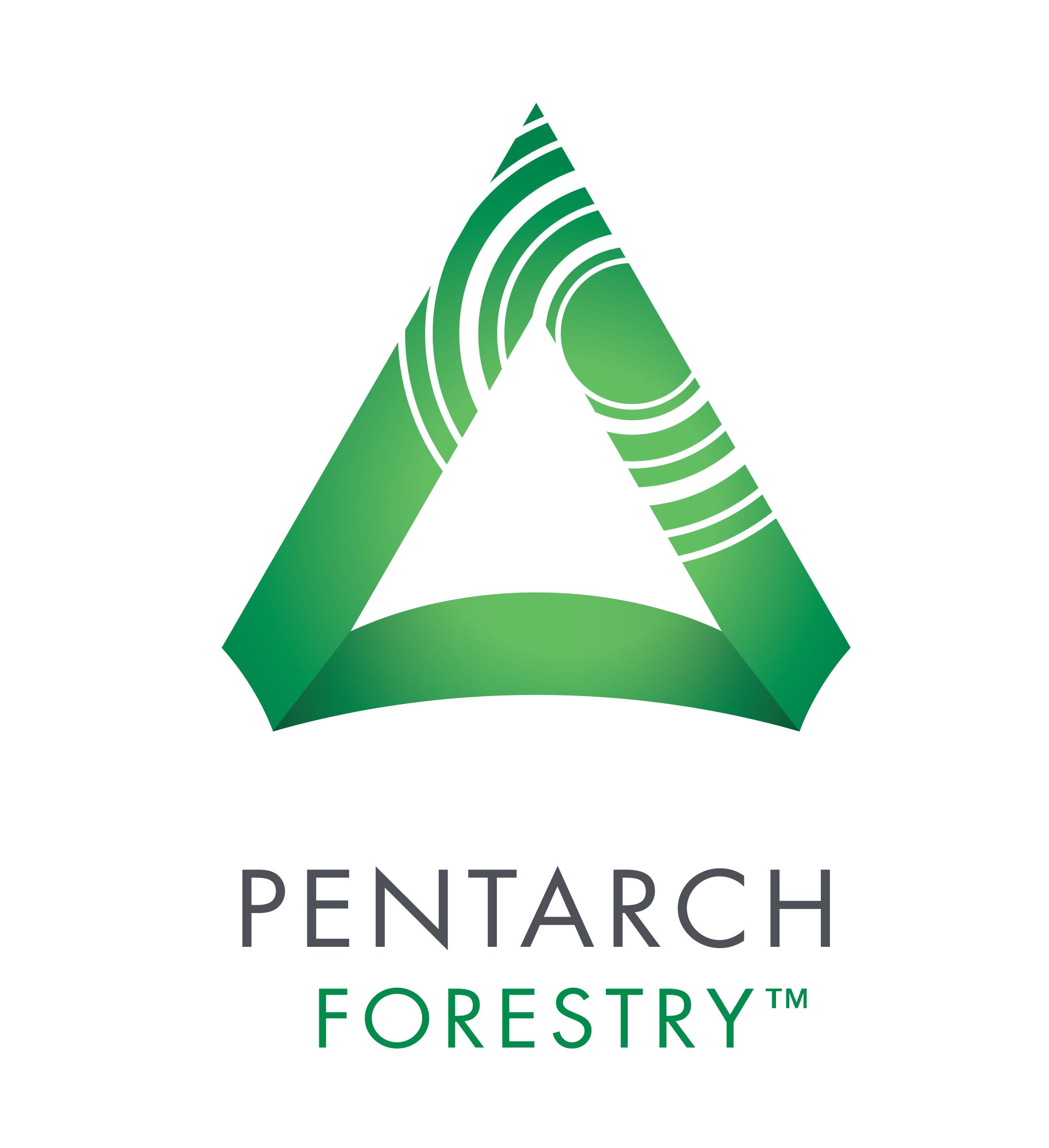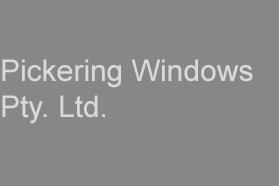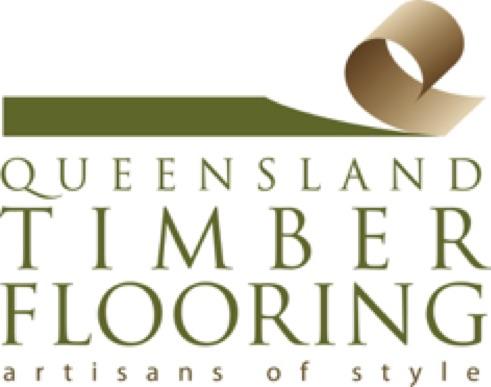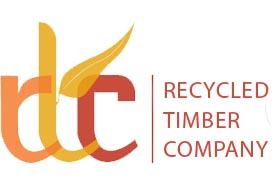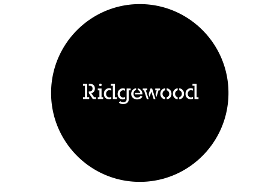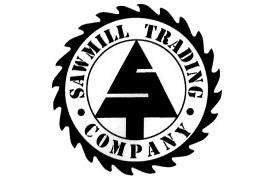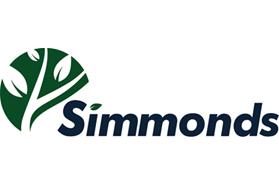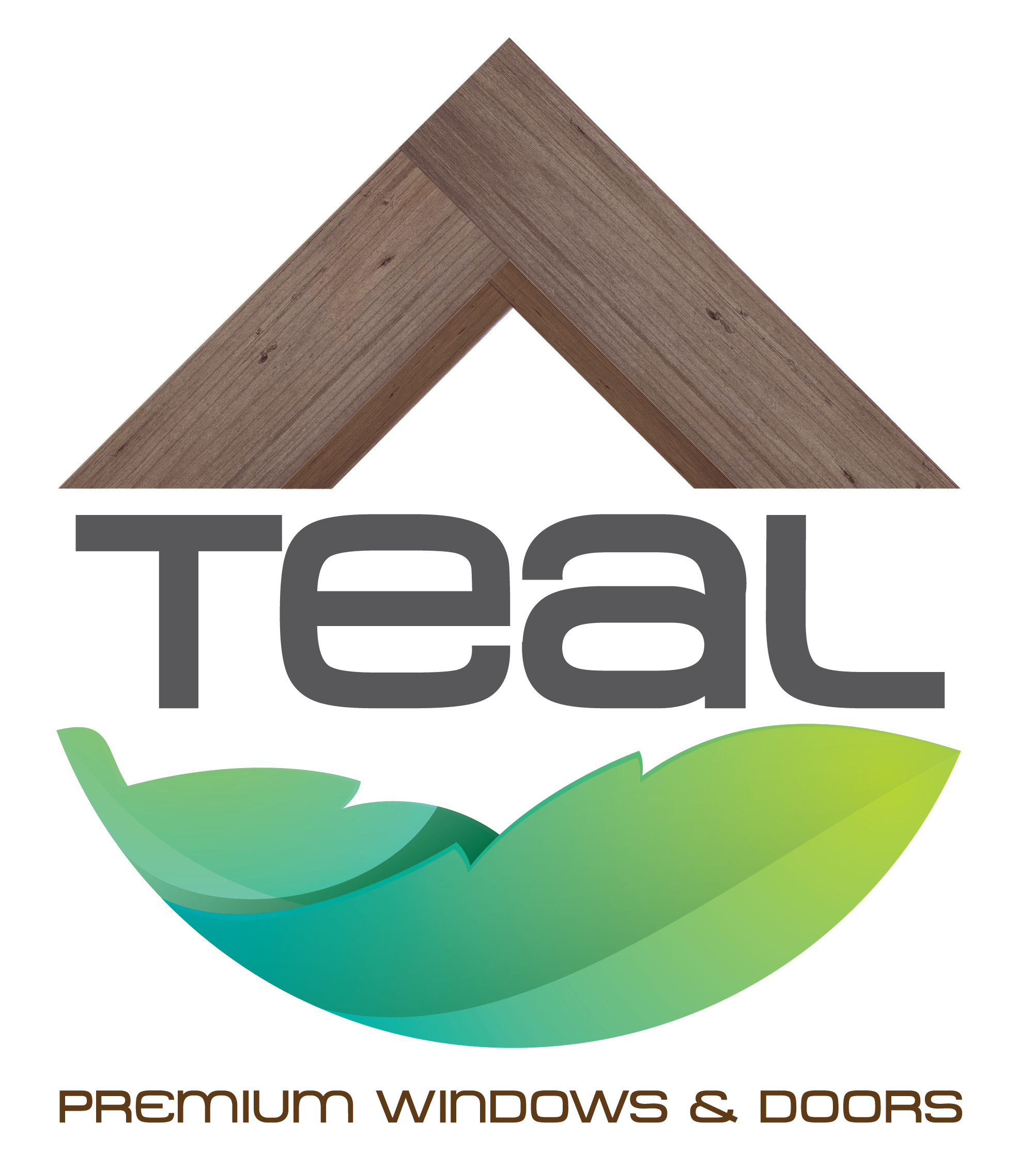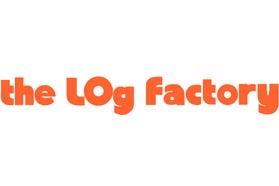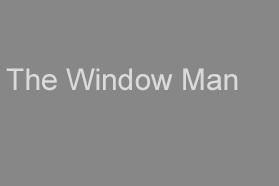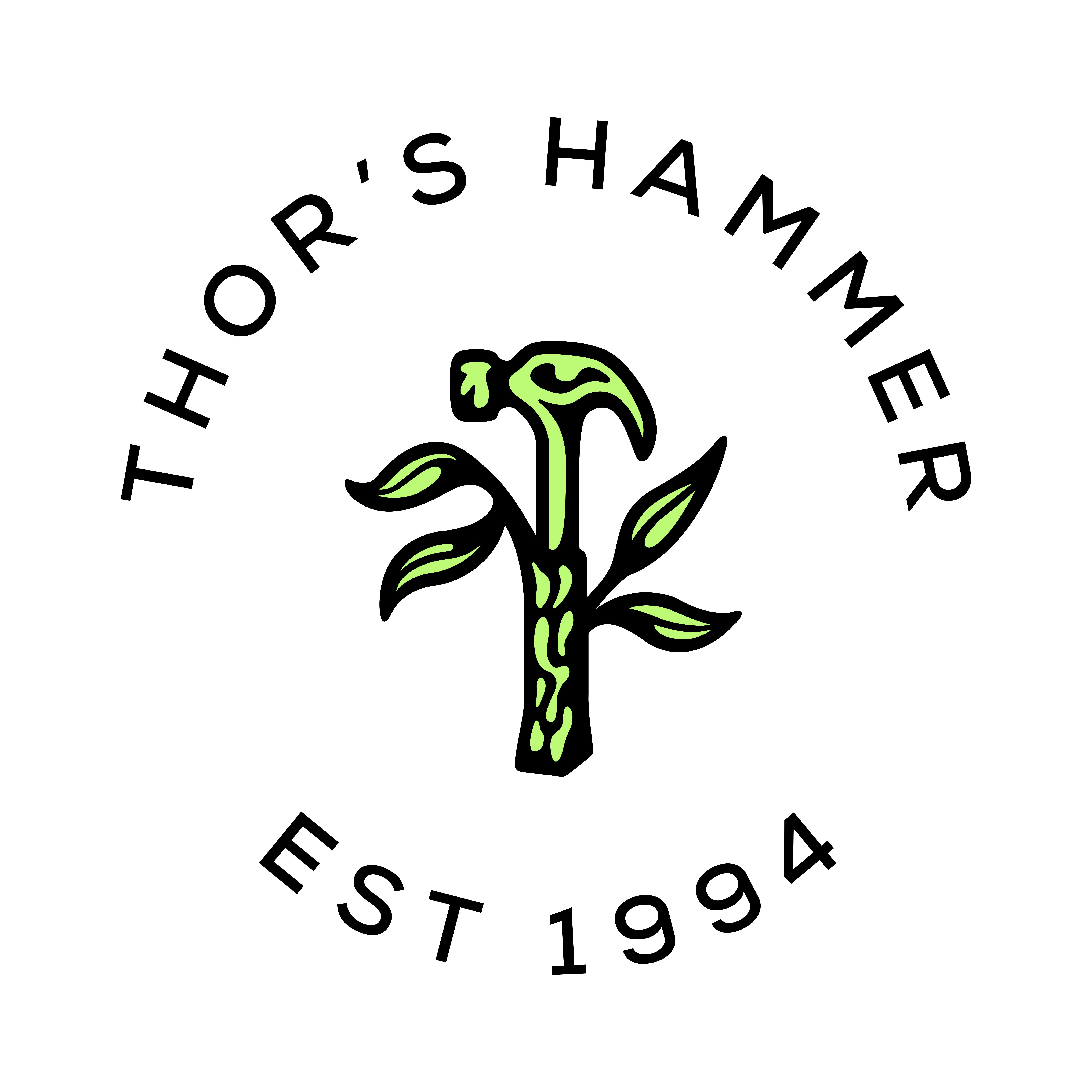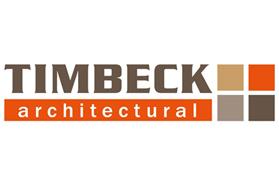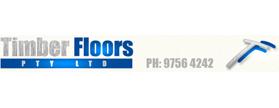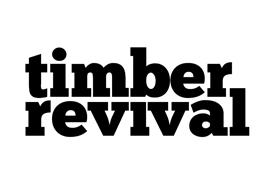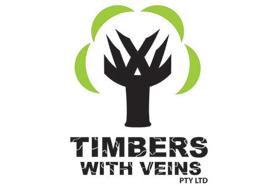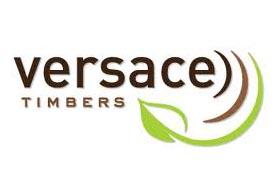Blackbutt is a large Australian hardwood that is commonly used for structural and exterior applications. It is also used to produce plywood.
Coastal Blackbutt, Pink Blackbutt
Eucalyptus pilularis
The common name blackbutt came about due to the tree's appearance after bushfire, whereby the buttress - or butt - was significantly darkened. It is also known as coastal blackbutt to distinguish it from the tableland species, New England blackbutt.
Due to its quick growth and versatility, blackbutt makes a good plantation timber. It is a commonly available commercial hardwood species in New South Wales and southern Queensland, often used for building framework.
The heartwood ranges from golden yellow to pale brown, although occasionally a slight pinkish colour may be present. The sapwood, which is not always easy to distinguish, is much paler in appearance and is resistant to attack by lyctid borer. Blackbutt has an even texture and generally straight grain making it appealing for interior use applications.
Blackbutt can be stained, painted or polished but there can be issues with painting because of its tendency to surface check. The high extractives of mature wood can cause problems with some adhesives, but this is much less of an issue with young regrowth wood. These extractives can also cause staining on painted surfaces exposed to the weather. Blackbutt machines well but is only fair for steam bending.
Blackbutt provides good fire resistance and is one of seven hardwood timber species that was found to be suitable by the Building Commission in Victoria for home construction in bushfire areas (provided it has a thickness greater than 18mm).
A strong, durable hardwood, blackbutt can be used for a range of structural, exterior and interior applications including framework, decking, flooring and poles.
Shrinkage
| Very Low | Low | Medium | High | Very High | |
|---|---|---|---|---|---|
|
|
|
||||
|
Tangential :
|
7.30% | ||||
|
Radial :
|
4.30% | ||||
|
Unit Movement Tangential:
|
0.37% | ||||
|
Unit Movement Radial:
|
0.26% |
Strength Group
| Very High | High | Reasonably High | Medium High | Medium | Reasonably Low | Low | Very Low | |
|---|---|---|---|---|---|---|---|---|
| Unseasoned: | S1 | S2 | S3 | S4 | S5 | S6 | S7 | S8 |
|
|
||||||||
| Seasoned: | SD1 | SD2 | SD3 | SD4 | SD5 | SD6 | SD7 | SD8 |
|
|
Stress Grade
|
Structural No. 1 |
Structural No. 2 |
Structural No. 3 |
Structural No. 4 |
Structural No. 5 |
|
|---|---|---|---|---|---|
| Unseasoned: | F27 | F17 | F14 | F11 | F8 |
| Seasoned: | F34 | F27 | F22 | F17 | F14 |
Density per Standard
| Seasoned: | 900kg/m3 |
|---|---|
| Unseasoned: | 1100kg/m3 |
Joint Group
| Very High | High | Reasonably High | Medium | Low | Very Low | |
|---|---|---|---|---|---|---|
| Unseasoned: | J1 | J2 | J3 | J4 | J5 | J6 |
|
|
||||||
| Seasoned: | JD1 | JD2 | JD3 | JD4 | JD5 | JD6 |
|
|
Colour
| White, yellow, pale straw to light brown | Pink to pink brown | Light to dark red | Brown, chocolate, mottled or streaky | |
|---|---|---|---|---|
|
|
||||
Mechanical Properties
|
Modulus of Rupture - Unseasoned:
|
87 |
|---|---|
|
Modulus of Rupture - Seasoned:
|
144 |
|
Modulus of Elasticity - Unseasoned:
|
15 |
|
Modulus of Elasticity - Seasoned:
|
19 |
|
Maximum Crushing Strength - Unseasoned:
|
48 |
|
Maximum Crushing Strength - Seasoned:
|
77 |
|
Impact - Unseasoned:
|
21 |
|
Impact - Seasoned:
|
20 |
|
Toughness - Unseasoned:
|
Medium - 15 - 24 Nm |
|
Toughness - Seasoned:
|
Medium - 15 - 24 Nm |
|
Hardness - Unseasoned:
|
6.5 |
|
Hardness - Seasoned:
|
8.9 |
Durability
| Low | Moderate | Reasonably High | High | |
|---|---|---|---|---|
| (0 - 5 yrs) | (5 - 15 yrs) | (15 - 25 yrs) | (more than 25 yrs) | |
|
In-Ground:
|
|
|||
| (0 - 7 yrs) | (7 - 15 yrs) | (15 - 40 yrs) | (More than 40 yrs) | |
|
Above ground:
|
|
|||
| (0 - 20 yrs, usually < 5) | (21 - 40 yrs) | (41 - 64 yrs) | (More than 60 yrs) | |
|
Marine Borer Resistance:
|
|
|
Lyctid Borer Susceptibility:
|
Not Susceptible |
|---|---|
| Lyctid Borer Susceptibility - Other: | |
|
Termite Resistance:
|
Resistant |
Fire Properties
| 0 | 1 | 2 | 3 | 4 | 5 | 6 | 7 | 8 | 9 | 10 | 11 | 12 | 13 | 14 | 15 | 16 | 17 | 18 | 19 | 20 | |
|
EFH Ignitibility: |
|
| 0 | 1 | 2 | 3 | 4 | 5 | 6 | 7 | 8 | 9 | 10 | |
|
EFH Spread-of-Flame Index:
|
|
||||||||||
|
EFH Smoke-Developed Index:
|
|
|
Critical Radiance Flux - Lower:
|
>2.2 and <4.5 |
|---|---|
|
Critical Radiance Flux - Higher:
|
>2.2 and <4.5 |
|
Smoke Development Rate:
|
<750 |
| 1 - non-combustible | 2 - reasonably non-combustible | 3 - slightly combustible | 4 - combustible | |
|
Fire Properties Group Number: |
|
|
Average Specific Extinction Area:
|
<250 |
|---|---|
|
Bushfire Resistance:
|
BAL 12.5, 19 and 29 – All AS3959 required applications |
Blackbutt has an even texture. The grain can be interlocked but it is generally straight, making it appealing for interior use applications such as flooring and joinery. The heartwood ranges from golden yellow to pale brown, although occasionally a slight pinkish colour may be present. The sapwood, which is not always easy to distinguish, is much paler in appearance. Small gum veins may also be visible.
Blackbutt is a versatile timber and is used for structural, exterior and interior applications. In New South Wales and southern Queensland it is very popular for timber framing but is also used for cladding, internal and external flooring, decking, joinery, landscaping and furniture. Blackbutt is also used in the manufacture of plywood.
NSW
